Last week, in response to an ongoing hearing in the Supreme Court on permanent commission for women officers, the government cited “physical” and “physiological limitations” in granting command positions to women officers in the Indian Army. To this, the Supreme Court responded that there is a need for administrative will and “change of mindset”. In a conversation moderated by Dinakar Peri, Lieutenant General Syed Ata Hasnain and Lieutenant General D.S. Hooda discuss this question. Excerpts:
Could you provide an overview of the reasoning behind the government’s stand?
Lt Gen Hasnain: Till September 2019, permanent commission for women was restricted to only two departments: the Army Education Corps and the Judge Advocate General’s branch. In September, the Defence Ministry announced that it is opening this up to eight other arms and services from April this year, for women already selected for the Short Service Commission. So, permanent commission now is open in 10 departments, or what you call arms and services. Now, women’s careers can be furthered only if they get what are called command assignments or criteria appointments. The question is, how do you define a criteria appointment? The Indian Army is what is called a command-oriented Army. That is, anyone who has to be given further positions up the chain of command has to first be experienced in command at the level of a full Colonel, a unit command. So far, this was denied to women. That is the main issue.
My opinion is that the time has come for us to at least experiment, if nothing else, and that experiment needs to be done first with the Services — Army Service Corps, Army Ordnance Corps and Corps of Electrical and Mechanical Engineers. In all these there are women who have been commissioned for the last 30 years as Short Service Commissioned officers. Many of them have commanded workshops. Some of them are in a position to be selected. The focus is on the word selected because they have to be selected through their confidential reports, a board of officers, a promotion board, which will determine whether they are fit to command. Only then will they command a unit.
Gen Hooda, apart from the point about gaining acceptability from other soldiers, the government has argued that there are other issues such as motherhood and domestic obligations. Do you believe that these are stumbling blocks in women holding command positions? For the last 30 years we have had women in the Army.
Lt Gen Hooda: There are challenges — domestic issues, fitness, pregnancy — all that has been quoted by the government in its affidavit. But this is an argument we had 30 years ago when we were inducting women into the Army. All these issues have been handled by the Army in a very mature manner over the years.
Coming specifically to the issue of whether they should be given command or not, there is very little justification in saying that while women officers can be company commanders, platoon commanders, second in command, [they should be excluded] when it comes to command appointments, commanding a unit, only on the basis that they are women. This argument doesn’t hold water. As Lt Gen Hasnain said, there is a board of officers to decide whether promotions to the rank of Colonel can take place or not for a particular officer. It’s not as if all male officers get automatically promoted as Colonels. In some cases, in some services, less than 30% of male officers are promoted to the rank of Colonel. The decision is made by a board of officers. Let the same board of officers decide whether a woman officer is fit to command a unit. Women should be judged on the basis of their professionalism and on the basis of merit.
The Commanding Officer holds a very significant position in the Army. What distinguishes the command positions and what’s the way forward to have women in these roles?
Lt Gen Hasnain: Let’s understand it from a career management angle as well as a functional angle. What are criteria appointments which someone has to fulfil before they can be promoted to even higher ranks? These appointments can be directly in command of troops or many times they are also not in command of troops. For example, there can be appointments in the Army Education Corps and the Judge Advocate General’s branch or such things where you have a certain responsibility, but you are not directly commanding troops. There are arms and services such as the Army Service Corps and Electrical and Mechanical Engineers where you have resources under your command and you have a large number of personnel under your command. In the Engineers Corps, a criteria appointment could be to set up an appointment such as the Commander Works Engineer who is responsible largely for projects of maintenance, of a lot of construction assets, and things like that, and very little responsibility for the personnel under you. So, there is a whole range of such responsibilities.
But the one important aspect is that the difference between a sub-unit command and the command by a Commanding Officer is that the Commanding Officer is the place where the buck stops. So the question many are asking is, do women have it in them to be able to accept that kind of responsibility? And will they be able to exercise that authority over male personnel under them? Now, this has only been experienced in sub-units where there could be 100-120 men serving under a lady officer of rank of a Major or Lieutenant Colonel and they have done extremely well in those appointments. So there is nothing wrong in giving them command assignments. That is why I said let’s experiment with it. Give it a five-year period, and if you find something drastically wrong, which I’m sure you will not, then maybe you can give it a review. But on the face of it, denying them this opportunity only on the basis of their gender is not legally correct, I think, though of course the Supreme Court will decide that. I don’t think it is morally correct. Because now that you have given them permanent commission, you’ve given them this on the basis of the assumption that they are equally good [as men], they’re responsible, and they can be developed to become better, I think it’s incumbent on the organisation to actually repose a certain level of trust in them and give them these command responsibilities.
Gen Hooda, you had written that there is some merit in not having women in combat roles. Can you elaborate on this?
Lt Gen Hooda: I think there is some justification in not permitting women in combat roles at this time. There are issues about soldiers and officers living on the front lines. Officers and their men all live together in, say, one bunker along the Line of Control. So, there are issues and if you are going to induct women in Combat Arms, try and shield them from some of these more difficult roles. At this stage, it could only invite more resentment regarding why we are having women in Combat Arms. We should keep that debate for later. Let’s start with mainstreaming those arms and services where women already are present.
You had mentioned stressful conditions like working in close proximity on the front lines. Now we’re talking about command positions, but combat roles in front line combat will come up after that. How can these issues be addressed?
Lt Gen Hooda: We need to look at things in a more practical manner. We’ve already started inducting women as permanent commission in some of the supporting arms and services. We need to completely integrate all the people in the Army, and that includes women officers. It’s ridiculous that we are fighting battles in court. The Supreme Court might give some judgment based on its wisdom. But within the Army, if we can internally resolve these issues, that will be a much better approach. So let’s look at both sides of the debate. And the fact is, you have to integrate women better in the Army, you have to give them their professional aspirations, their personal aspirations have to be met. Let’s start debating this and see how everyone can be pulled together. Frankly, some of the arguments that have been made in the Court — I dare say I’m using this word with a little caution — are regressive, and don’t reflect the reality on the ground today.
What were your efforts in this direction?
Lt Gen Hasnain: That’s a good question. I admit that I started with a negative mindset myself, way back in 1991. But my mind changed very early because of the demonstrated capability on the ground. In almost every arm and service, I visited in my own division on the Line of Control, I saw a detachment of engineers working feverishly on a particular operational track and the person commanding that detachment and spending time on the deck of the bulldozer at night, for three to four weeks with the men, was a lady officer. Thereafter, there have been many occasions where I’ve seen young women, convoy commanders, who’ve done a marvellous job under the most challenging circumstances in cases of ambushes on the Uri-Baramulla road.
Lt Gen Hooda: I will give you two stories. In 2005, I took over command of the Brigade from Lt Gen Hasnain, and we had this earthquake in September 2005. My Brigade Major wasn’t there [in Uri]. The officer below him, the captain who is called the G3, was injured. And we had no officers there, we were completely cut off. The Education Officer, Captain Rosie, performed the role of Brigade Major and she handled the whole operational side. Hats off to the way she handled it. So, I have no doubts about women officers handling responsibilities during a crisis. Then we had Colonel Santosh Mahadik, Commanding Officer of a unit, when I was the Army Commander, who was killed while fighting terrorists in September 2015. When my wife went to pay condolences, his wife said she wanted to join the Army. She was 35 years old, 10 years older than anybody who can get commissioned into the Officers Training Academy. We took up her case. She got commissioned in 2017 as a Lieutenant in the Ordnance (Corps). Now, the inspiration we get from her story is beyond words.
Generals, in retrospect, would you have taken orders from a woman officer?
Lt Gen Hasnain: Without blinking an eye, if someone above me, whether man or woman, was someone who demonstrated capability and leadership qualities, there is no question that I would not accept directions, orders. In the Army, we are trained to do that. It’s just a mindset [regarding women], we need to overcome that. I would have overcome it almost immediately.
Lt Gen Hooda: Soldiers respect professionalism, good leadership, irrespective of whether it is demonstrated by a male or female officer.
D.S. Hooda is a former Northern Army Commander; Syed Ata Hasnain is former GOC 15 Corps and is now the Chancellor of Jammu University.












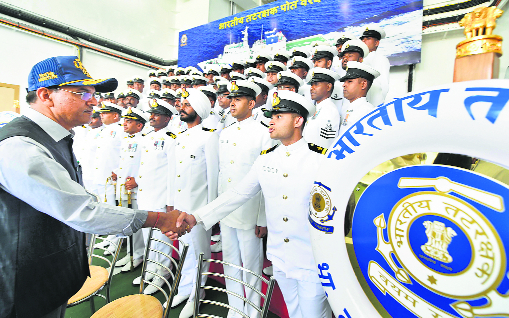
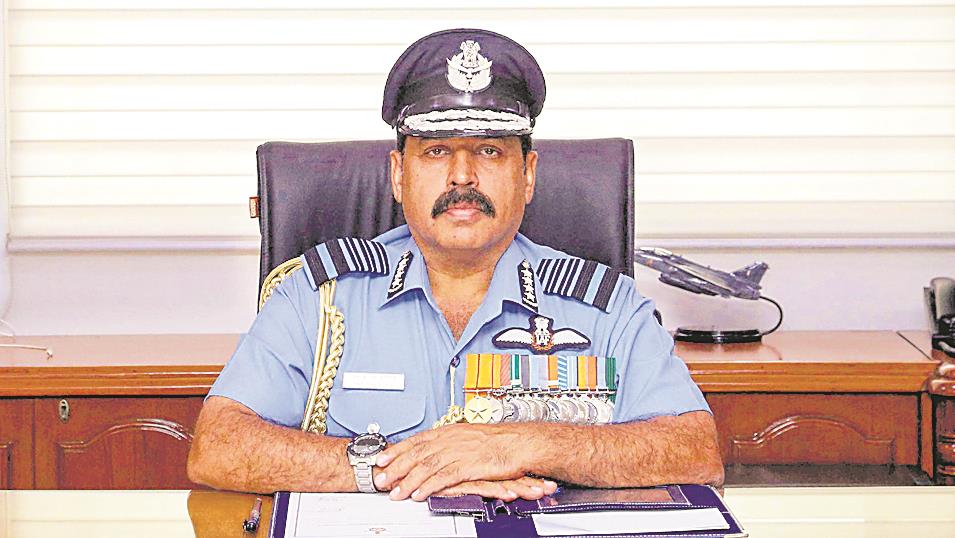
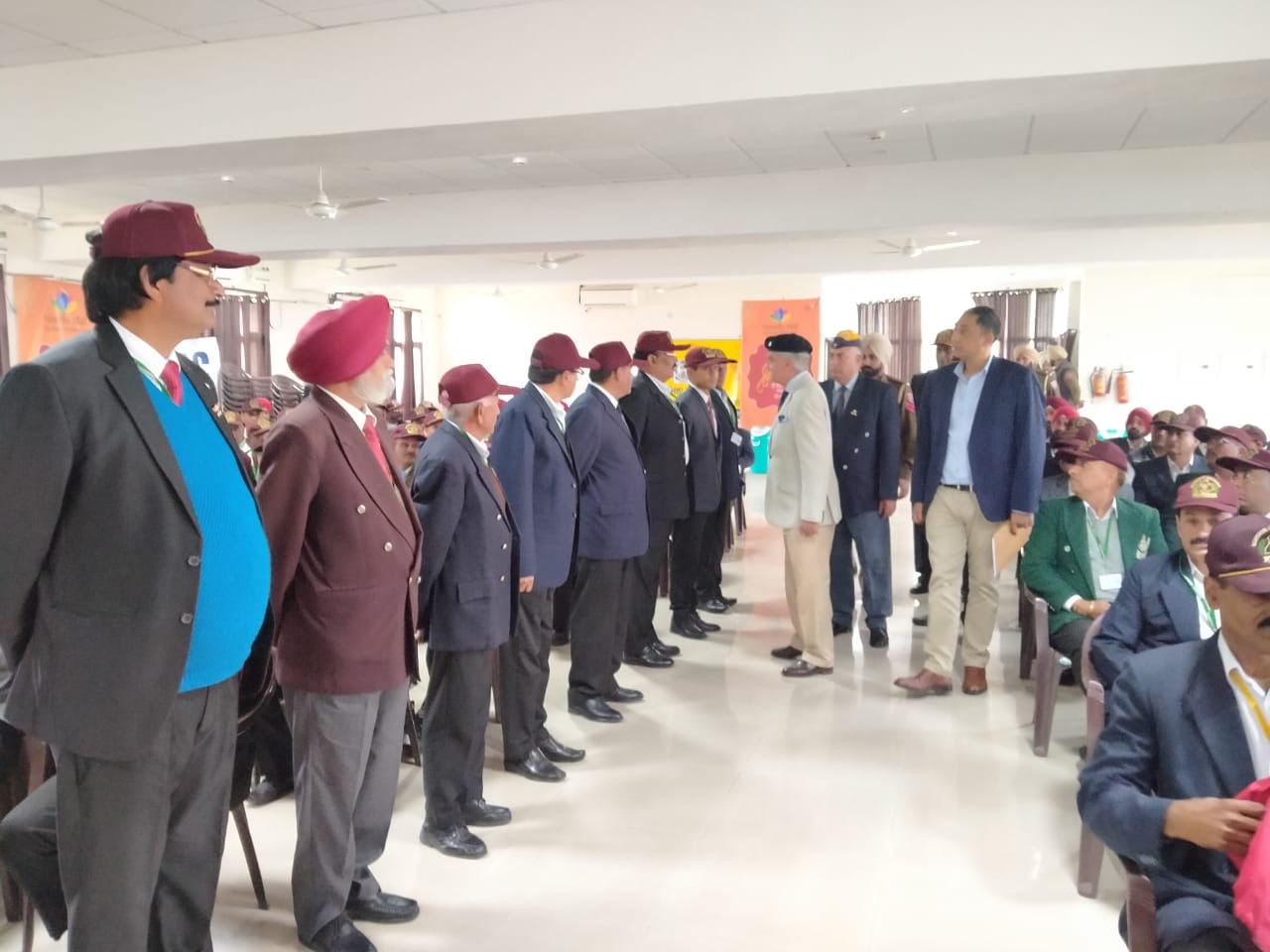
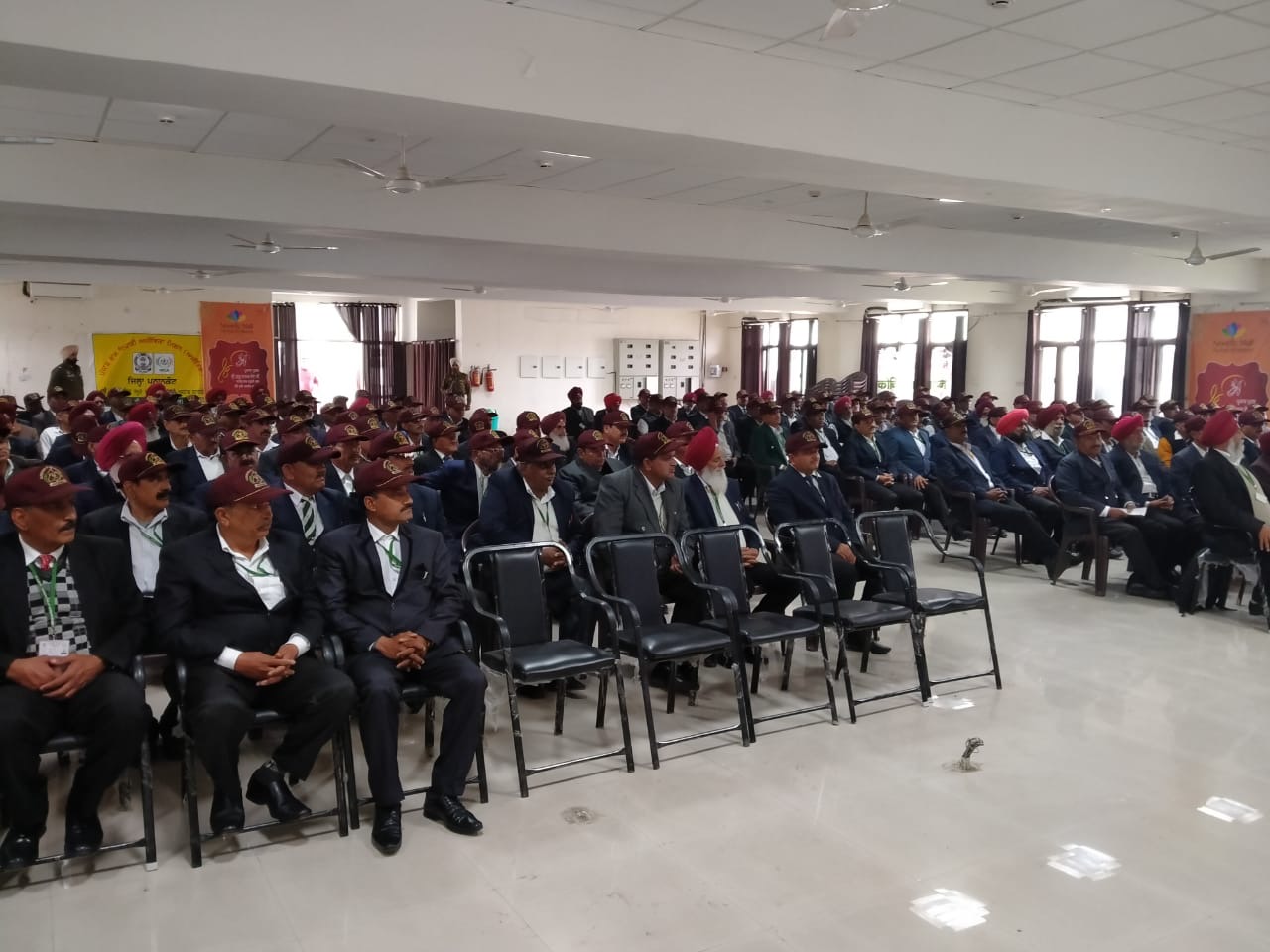
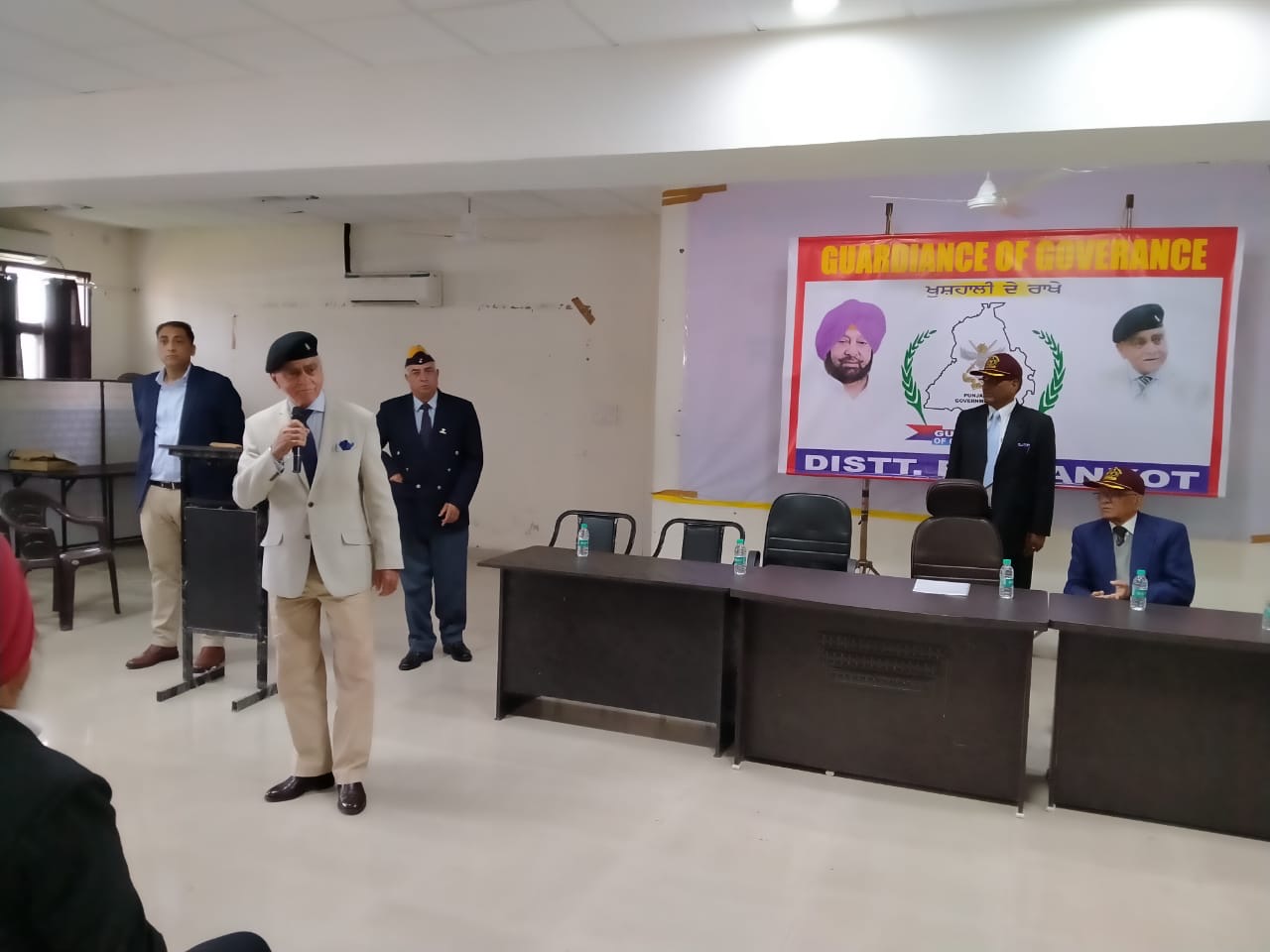
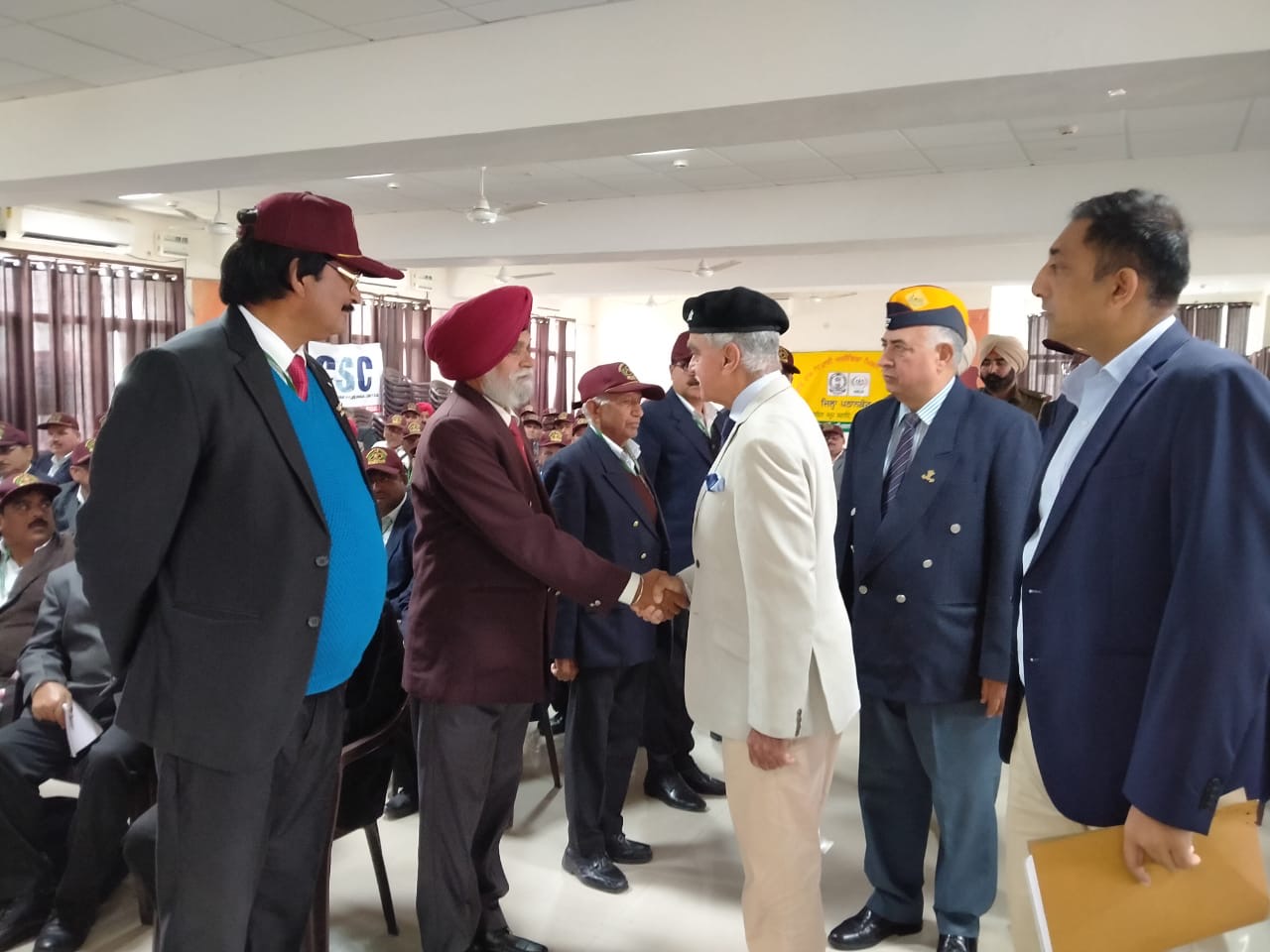
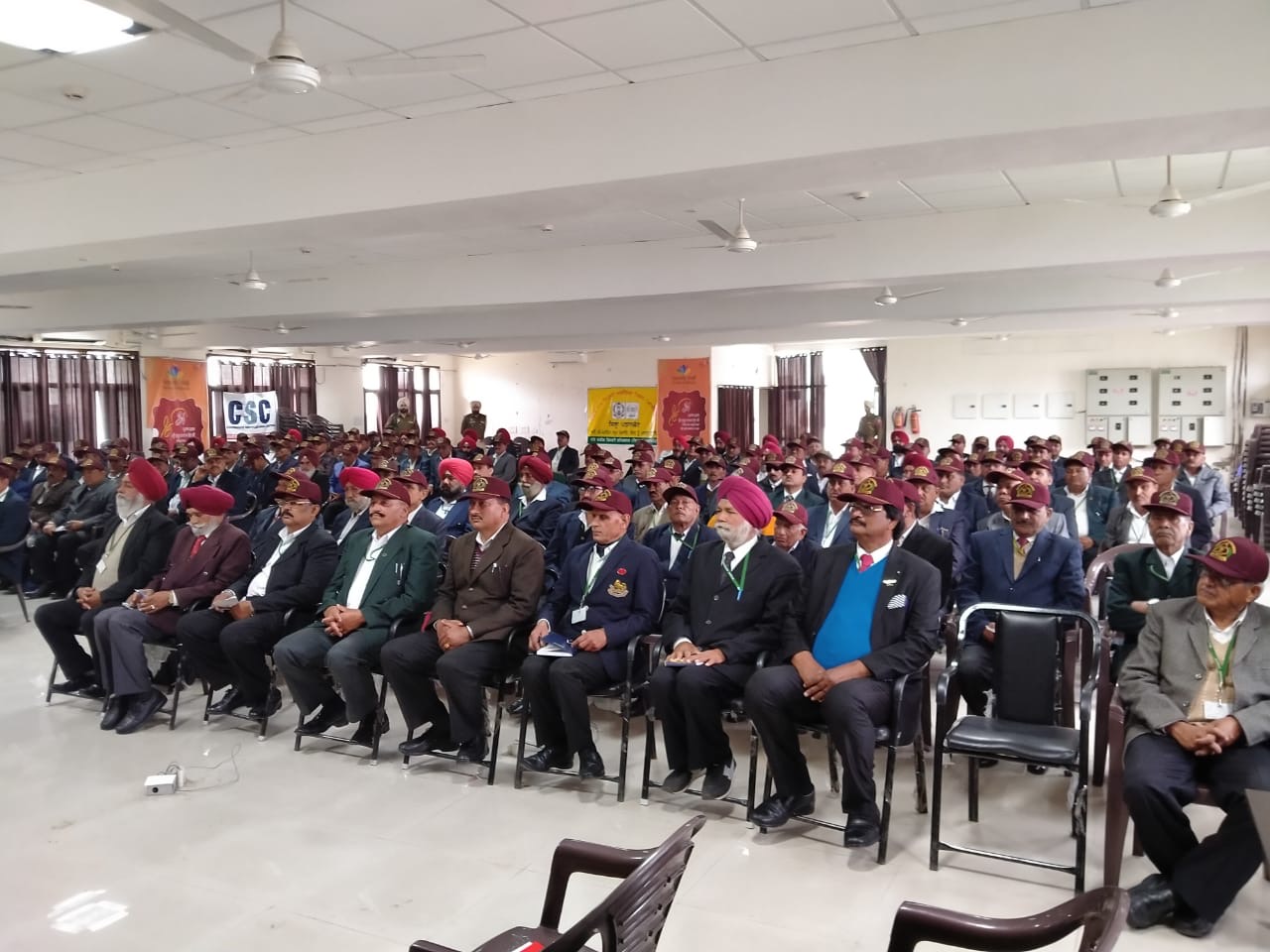
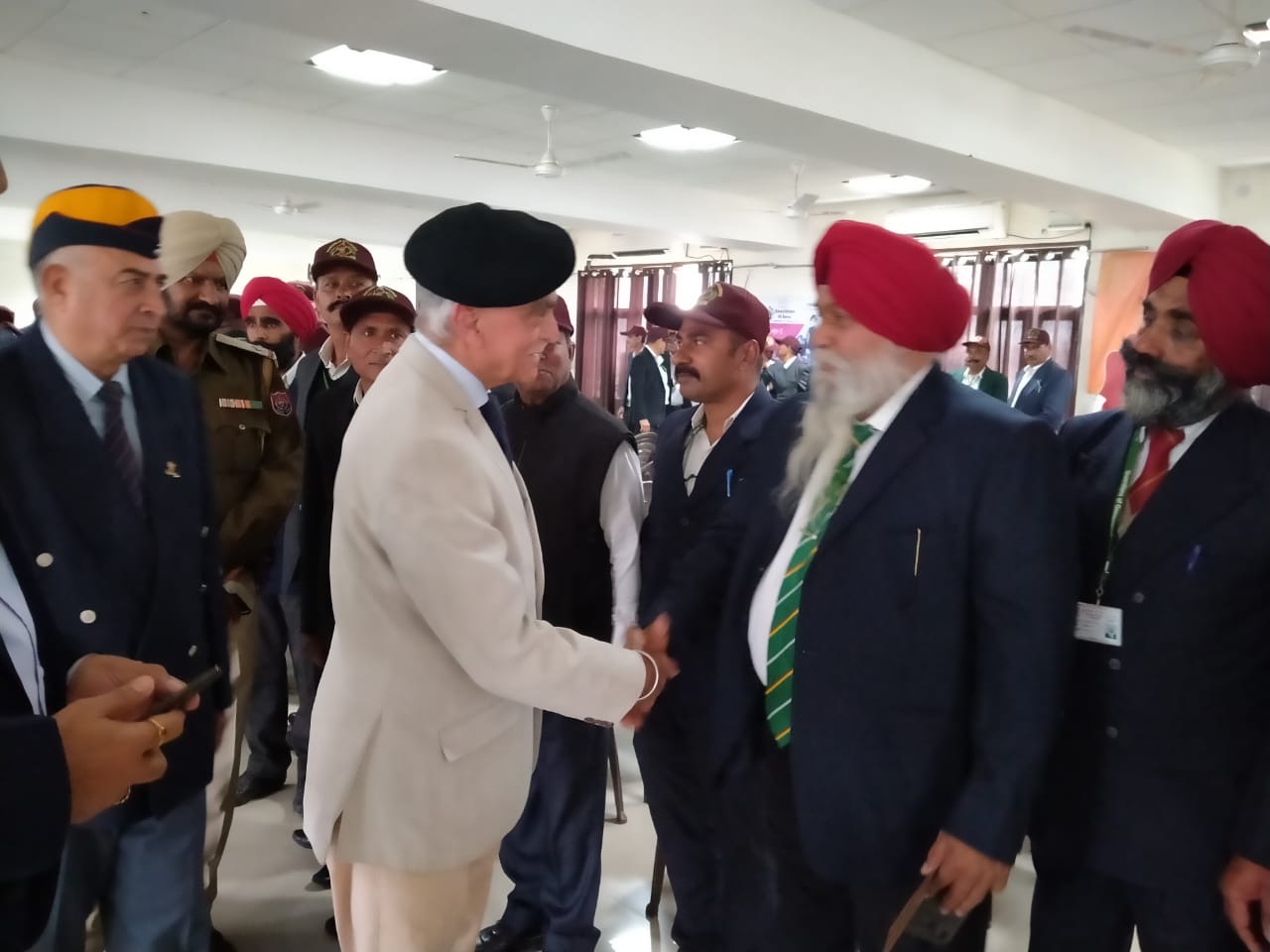
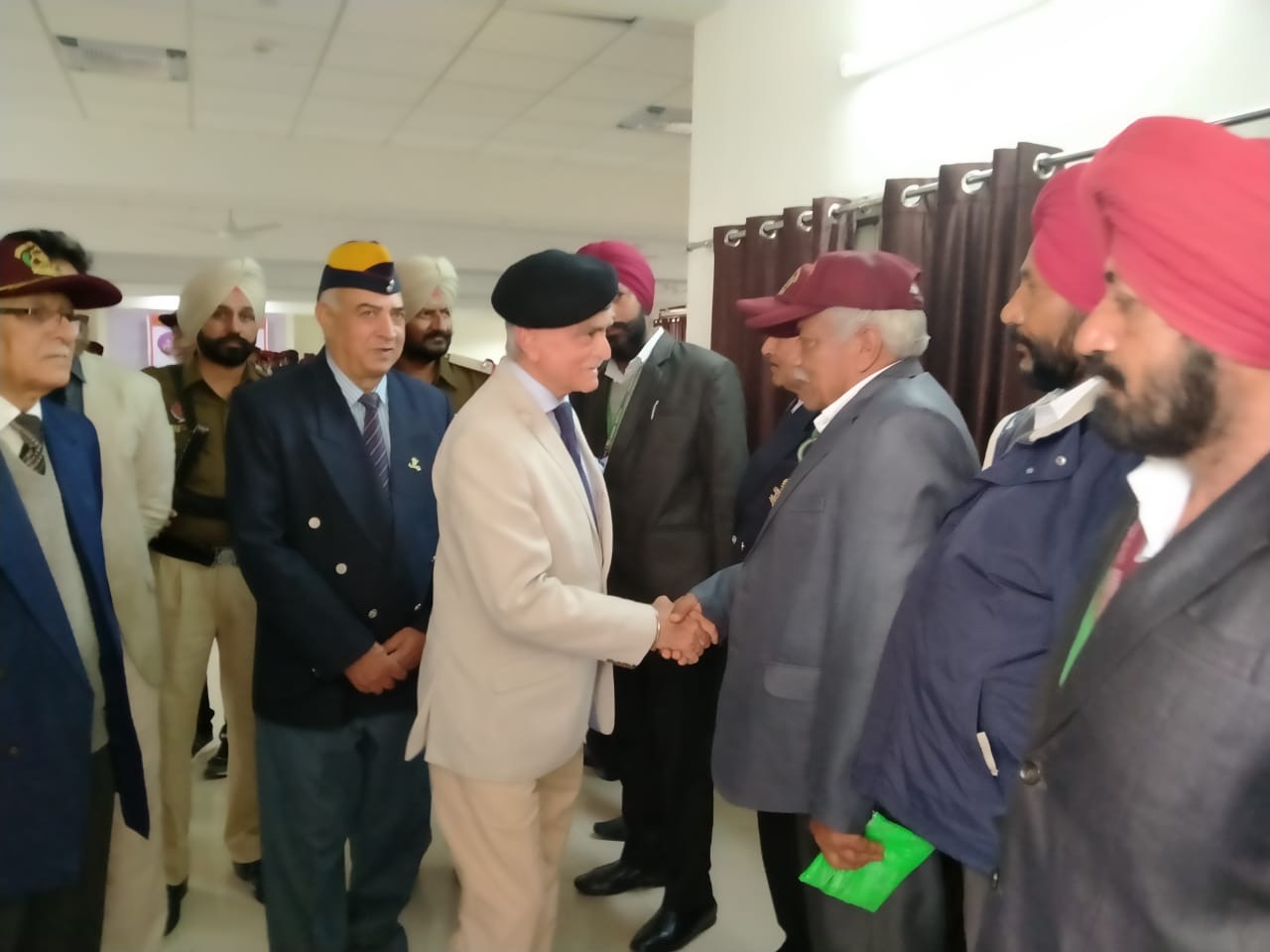
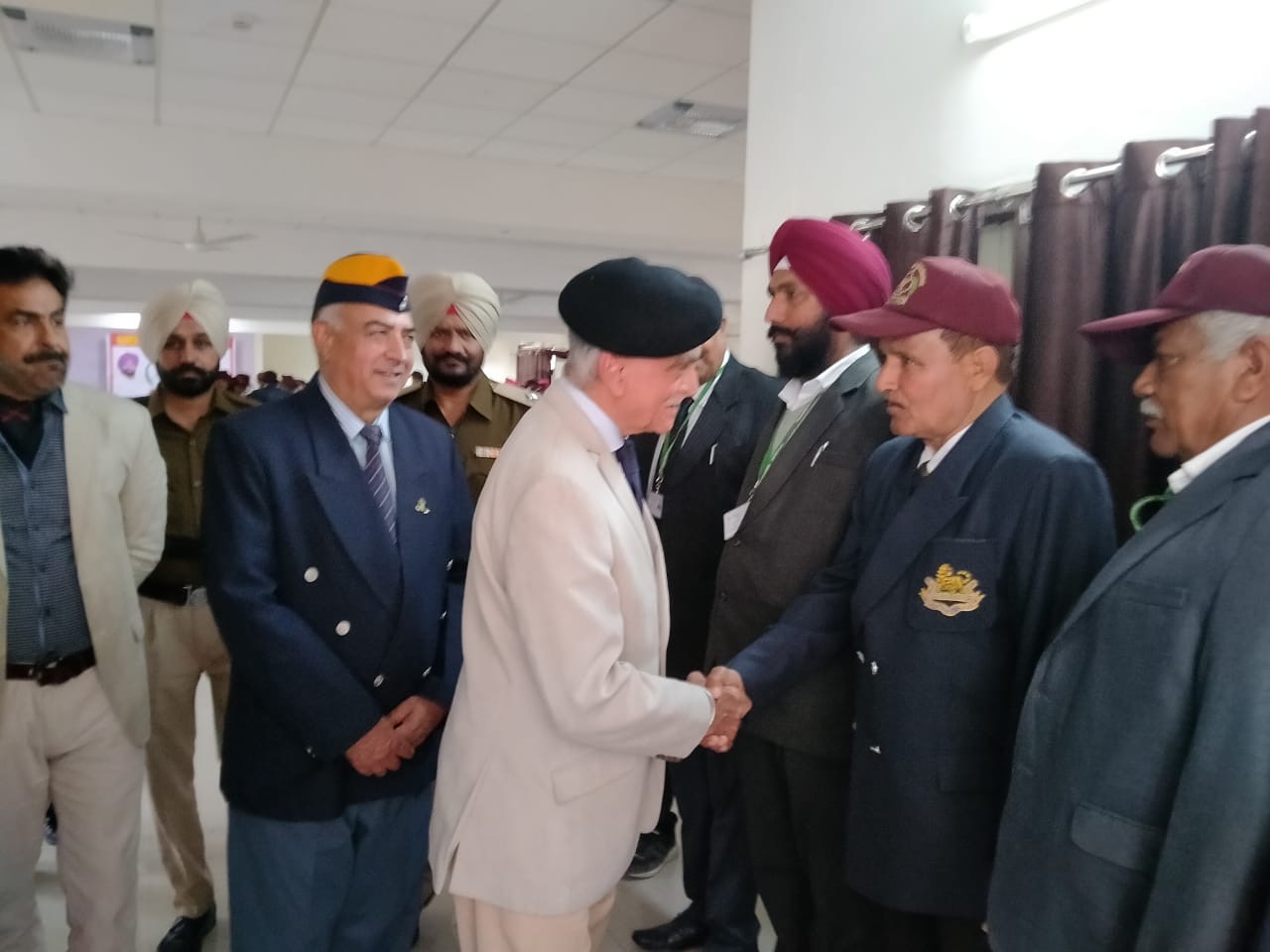
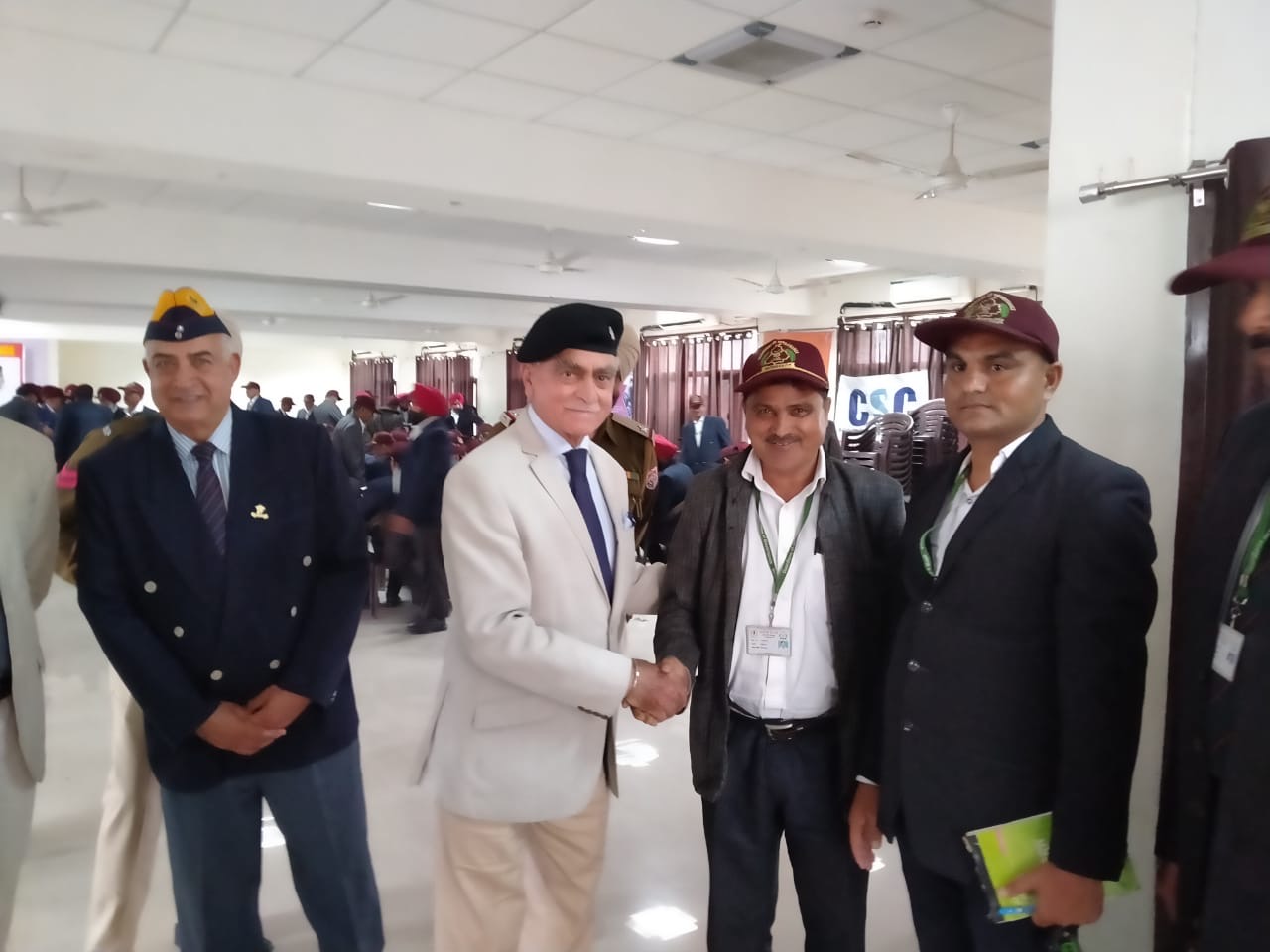
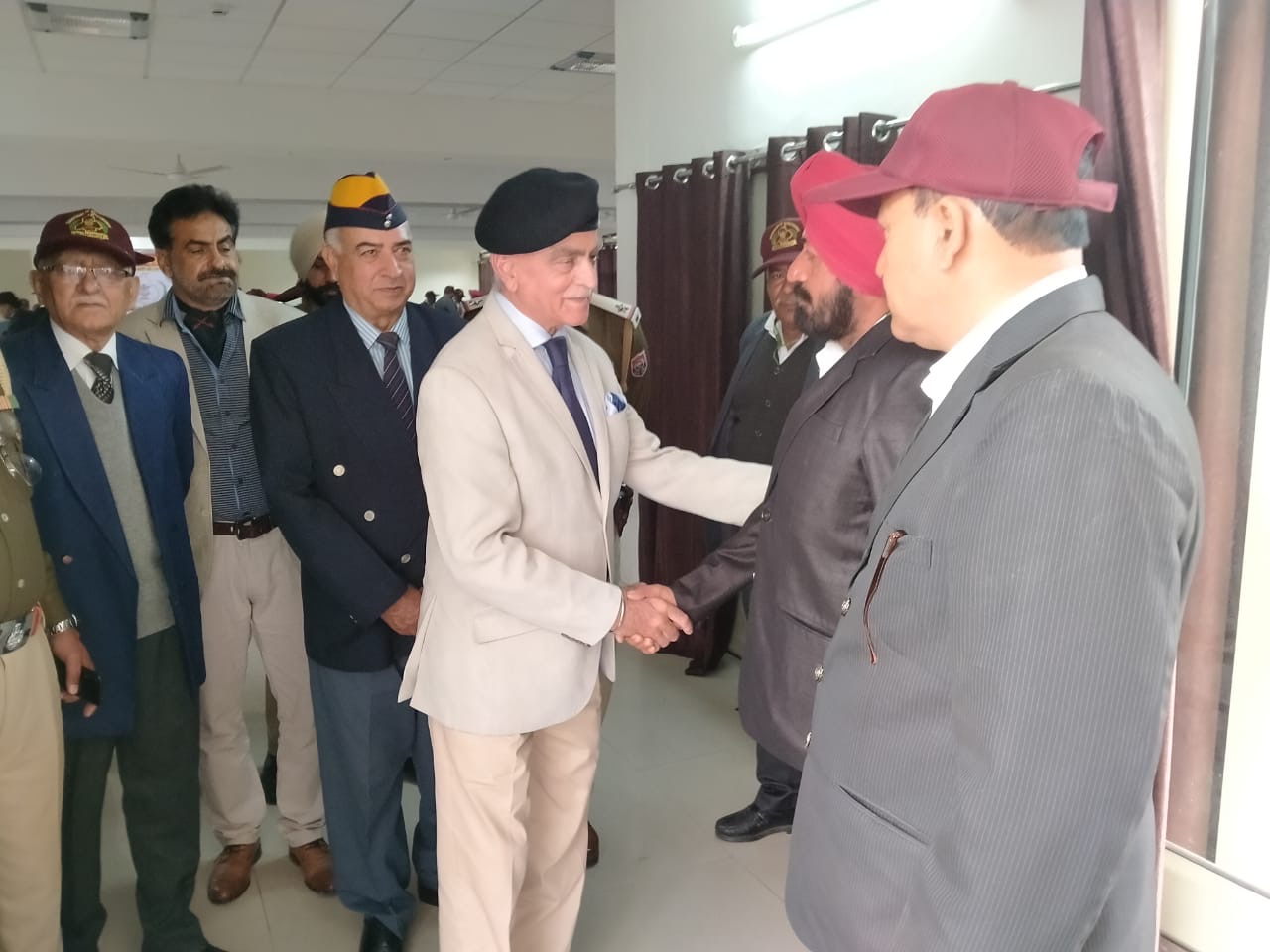





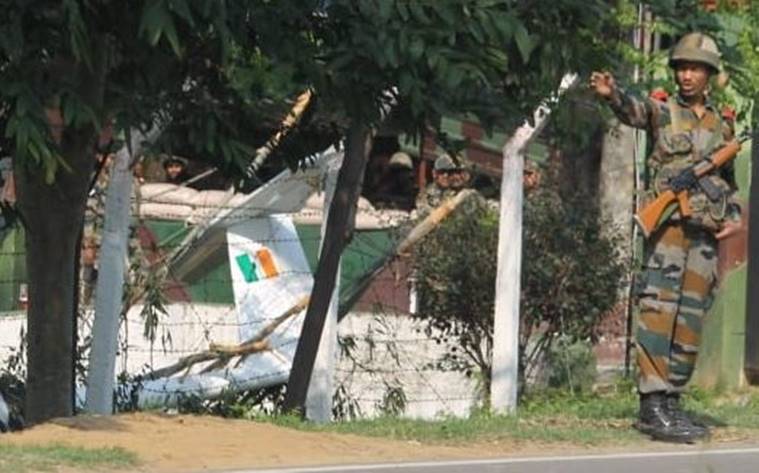 The plane took off from the civil aerodrome strip of the club and crashed in the military area nearby. (Express photo: Harmeet Sodhi)
The plane took off from the civil aerodrome strip of the club and crashed in the military area nearby. (Express photo: Harmeet Sodhi)
























































